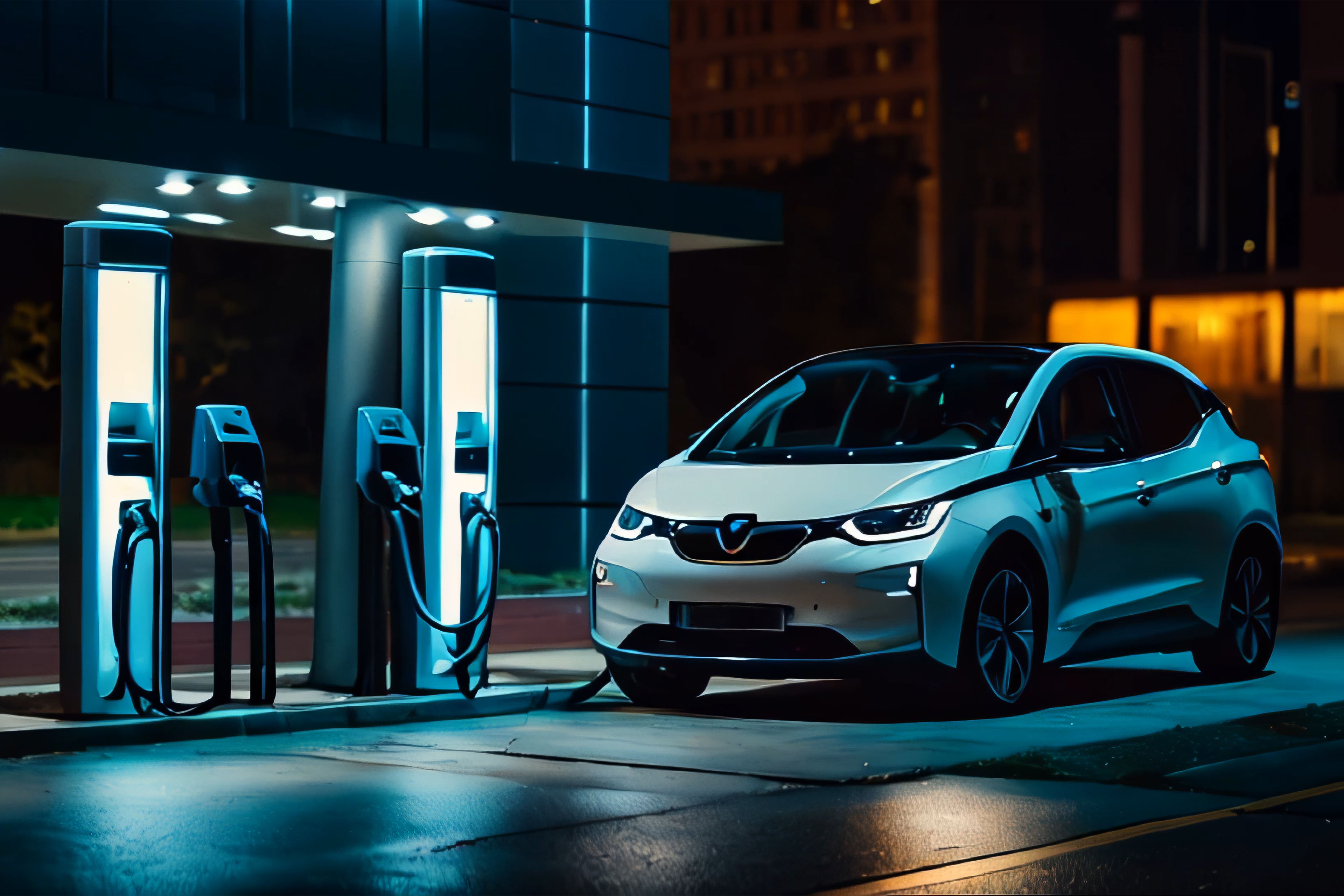EY refers to the global organization, and may refer to one or more, of the member firms of Ernst & Young Global Limited, each of which is a separate legal entity. Ernst & Young Global Limited, a UK company limited by guarantee, does not provide services to clients.
eMobility success hinges on six essentials as booming EV sales strain the value chain
- Electric vehicles expected to reach 55% of total global vehicle sales by 2030, but lack of collaboration could impact adoption and decarbonization goals
- An accessible and equitable charging infrastructure is critical for electric vehicles to take off in the mass market
- Utilities play a pivotal role in enabling a smooth transition to eMobility
Electric vehicle (EV) adoption has accelerated faster than predicted. Globally, EV sales doubled in 2021 and jumped 55% in 2022 to account for 13% of all vehicles sold. If this trend is to continue, however, the eMobility ecosystem must collaborate around ‘Six essentials for mainstream EV adoption’, according to a new study from EY and Eurelectric. The study is informed by Eurelectric and its members and includes insights drawn from industry leaders across the ecosystem, including automotive, utilities, fleet management, city planning and charging infrastructure.
The study highlights that in 2022, EV sales in China reached 27% of total vehicles sold; in Europe, they made up just over 20%; and in the US, EV sales increased to more than 7% of all vehicles sold. But are conditions right for EVs to take off in the mass market? The study underscores the need for a collaborative and coordinated response from eMobility ecosystem players in pursuit of decarbonization goals, with utilities, in particular, playing a pivotal role.
Serge Colle, EY Global Energy & Resources Industry Market Leader, says:
”Despite economic headwinds and rising energy costs, EV sales are resilient and are continuing to accelerate. Globally we have reached 13% adoption, but if EVs are to enter the mainstream, significant collaboration across the entire value chain is critical. The EY/Eurelectric study identifies six essentials that will make or break the future of eMobility. Failure to get these right could result in missed net-zero targets, unresolved air quality issues, wasted investments, and an extended eMobility transition period.”
Future of eMobility hinges on six essentials
To avoid a modern-day cart-before-horse scenario, the study highlights that collectively, the ecosystem must unite around six essentials across the eMobility value chain: resilient supply chains and vital raw materials; clean and green power production; accessible charging infrastructure; the integration of EVs with smart grid technology; digital platforms and mobile applications to optimize EV charging; and finding and training the next-generation workforce.
Accessible charging infrastructure for all
As the EV-buying demographic shifts from early adopters to a larger group of consumers with more mainstream values and expectations, accessible charging infrastructure for all is critical. The study calculates that by 2040, the total number of residential, private and public chargers needed in Europe will top 140 million (88% will be destined for home charging) to service an estimated 239 million EVs. In the US, a total of 91 million chargers (85% for home charging) will be required to serve 152 million vehicles in the same timeframe.
To quickly and equitably roll out charging infrastructure, the study recommends incentivizing, via regulation, installation in the spaces and places where people live and work. Cooperation between network operators and public authorities in preparing for network development, understanding the EV uptake, and assessing infrastructure needs and investments is also key.
Utilities play a pivotal role
Utilities come to the transition with electric-engineering acumen and deep knowledge of load on distribution and transmission lines. The study cites that in the transition to eMobility, they must take on a much more customer-facing and technology-dependent role. To be successful, utilities must engage proactively with city planners and continue building out networks that allow renewables, and other forms of distributed assets, to connect to the grid. Furthermore, they must manage new load at the point of charging and pursue new technologies that enable the two-way flow of energy across the system.
Kristian Ruby, Eurelectric Secretary General, says:
“eMobility is speeding up. Europe’s utilities are ready to take on that challenge. Getting the green light from regulators for the necessary investments is paramount to success”.
-ends-
Notes to editors
About EY
EY exists to build a better working world, helping to create long-term value for clients, people and society and build trust in the capital markets.
Enabled by data and technology, diverse EY teams in over 150 countries provide trust through assurance and help clients grow, transform and operate.
Working across assurance, consulting, law, strategy, tax and transactions, EY teams ask better questions to find new answers for the complex issues facing our world today.
EY refers to the global organization, and may refer to one or more, of the member firms of Ernst & Young Global Limited, each of which is a separate legal entity. Ernst & Young Global Limited, a UK company limited by guarantee, does not provide services to clients. Information about how EY collects and uses personal data and a description of the rights individuals have under data protection legislation are available via ey.com/privacy. EY member firms do not practice law where prohibited by local laws. For more information about our organization, please visit ey.com.
This news release has been issued by EYGM Limited, a member of the global EY organization that also does not provide any services to clients.




